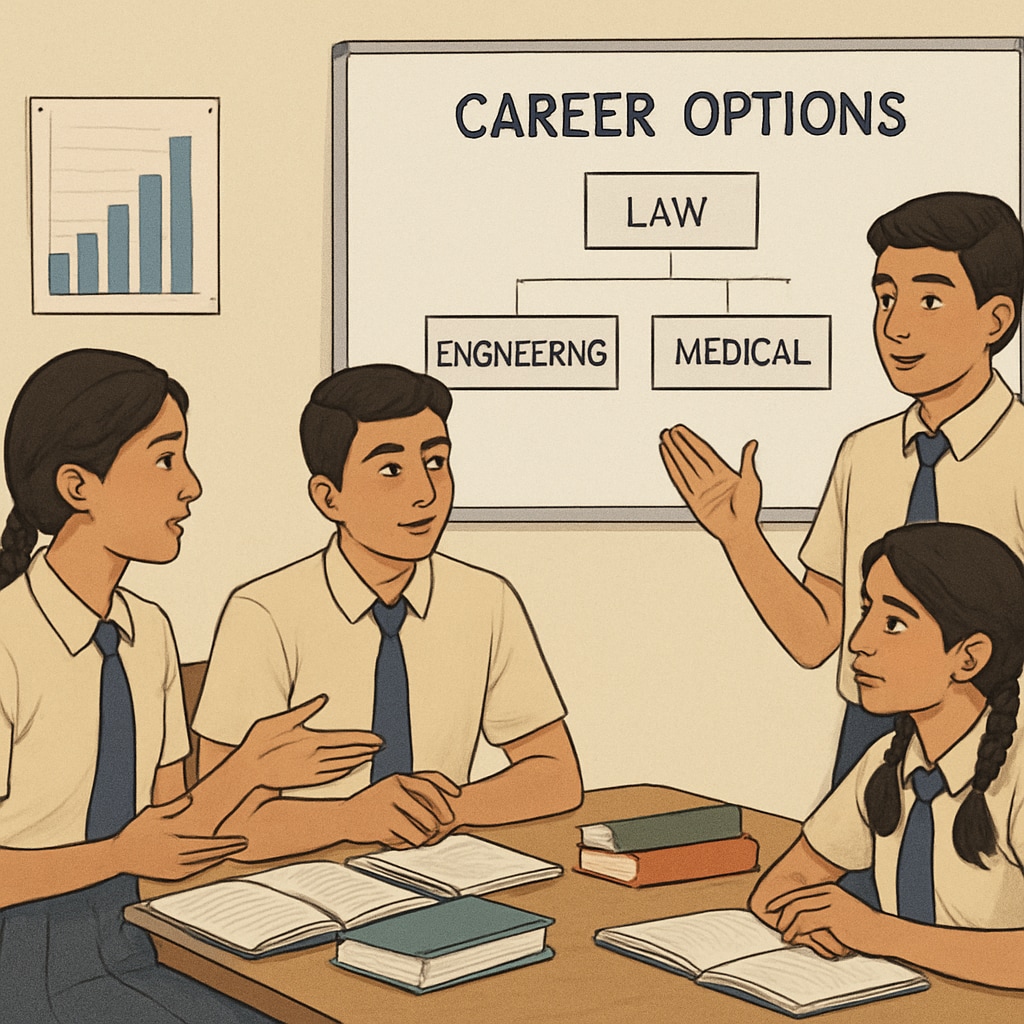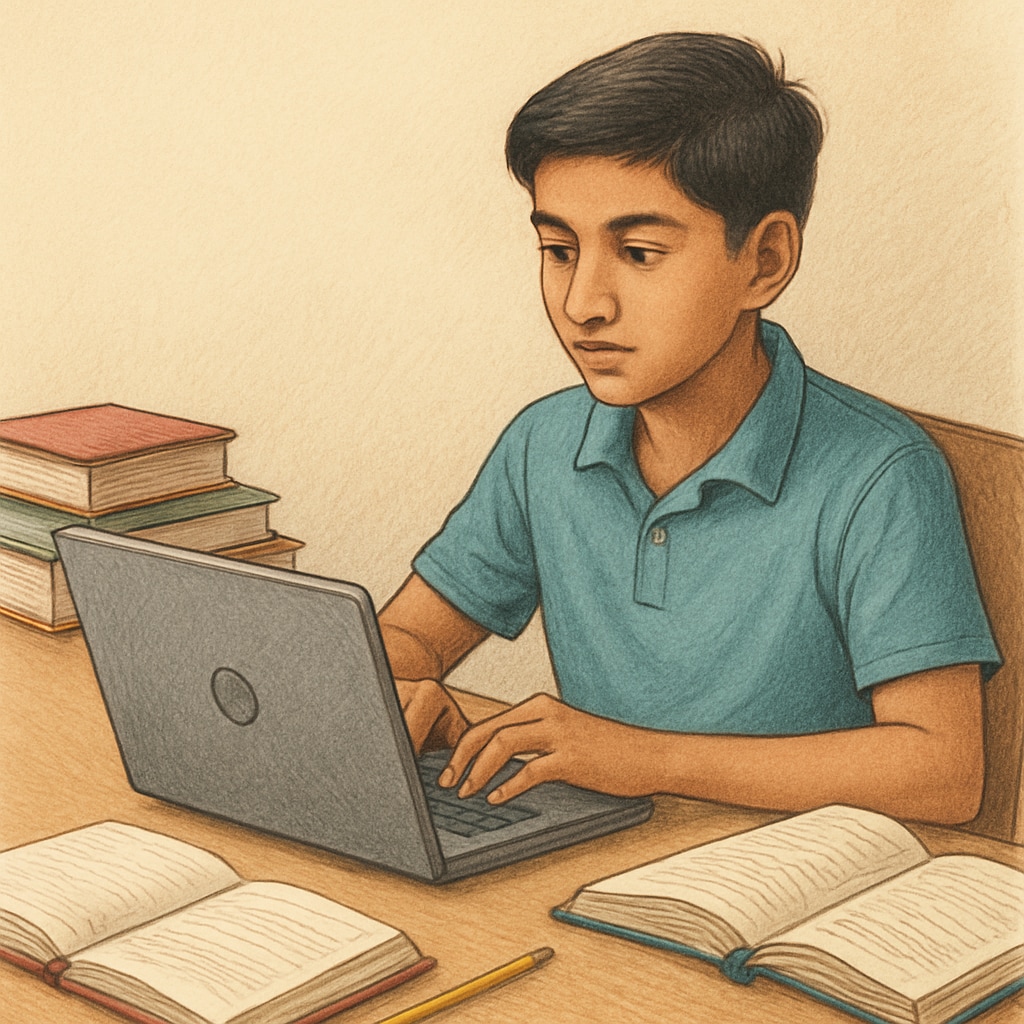In India, the journey of academic planning, career selection, and resolving professional dilemmas often feels like navigating through a fog of choices. For students in the K12 education stage, this process is especially challenging as they grapple with “education and career choices” while balancing societal expectations and personal aspirations. The growing pressures surrounding academic success and professional achievement have left many young individuals wondering how to make decisions that truly resonate with their inner calling.

Understanding the Conflict: Tradition vs. Personal Interest
For many Indian students, the tension between traditional family expectations and personal interests lies at the heart of their professional dilemmas. Families often emphasize stable career paths such as medicine, engineering, or law—fields seen as prestigious and financially secure. However, this traditional mindset often overlooks emerging fields like digital marketing, environmental sciences, or creative arts, where many students exhibit genuine passion.
As a result, students frequently find themselves torn between pursuing a career that aligns with their own interests versus adhering to societal norms. This internal conflict can lead to professional dissatisfaction, burnout, or the realization of regret years later.
To address these challenges, educators and parents must foster open conversations that encourage students to explore diverse career options. For example, platforms such as Career Development on Wikipedia provide valuable insights into professional growth strategies across various industries.
Building Decision-Making Skills in Students
One of the most effective ways to resolve “education and career choices” dilemmas is by equipping students with robust decision-making skills. These competencies should be nurtured early to prepare students for thoughtful and informed choices. Here are some actionable strategies:
- Self-Reflection: Encourage students to assess their strengths, weaknesses, passions, and values. Tools such as personality assessments or aptitude tests can provide clarity.
- Exposure to Diverse Fields: Offering internships, workshops, or career fairs can help students explore industries firsthand.
- Mentorship Opportunities: Connecting students with professionals in their areas of interest can provide realistic insights into specific career paths.
- Skill Development: Focus on building transferable skills like communication, problem-solving, and adaptability, which are valuable across various professions.
These strategies empower students to make choices that align with their goals and passions, ensuring long-term career satisfaction.

Rethinking Education for Holistic Development
The Indian education system plays a pivotal role in guiding students toward balanced academic and career choices. However, the current model often prioritizes rote learning and examination scores over critical thinking and creativity. To truly support students, there is a need to rethink the education framework to emphasize holistic development.
Some key reforms could include:
- Integrating career counseling into school curriculums.
- Encouraging interdisciplinary studies to broaden students’ exposure.
- Creating platforms for students to share their aspirations and challenges openly.
By adopting these changes, educators can help students bridge the gap between traditional expectations and personal aspirations, ultimately guiding them toward fulfilling careers.
For additional perspectives on educational reform, consider resources such as Education on Britannica, which provides insights into global education systems and their impact on student outcomes.
Finding Balance and Moving Forward
While the journey of academic and career planning may seem daunting, it is important for students to embrace the process as an opportunity for growth. By developing self-awareness, exploring diverse opportunities, and seeking mentorship, young individuals can navigate their dilemmas effectively.
Furthermore, parents and educators must act as facilitators rather than enforcers. Supporting students in their exploration and respecting their choices can lead to more confident and motivated individuals who thrive both academically and professionally.
In conclusion, resolving the challenges surrounding “education and career choices” is not about choosing one path over another—it’s about finding balance. By addressing the conflict between tradition and personal interest, fostering decision-making skills, and rethinking education, Indian students can confidently step into their future.
Readability guidance: Use concise paragraphs and lists to summarize key points. Incorporate transition words to improve flow. Ensure a balance of active and passive voice.


